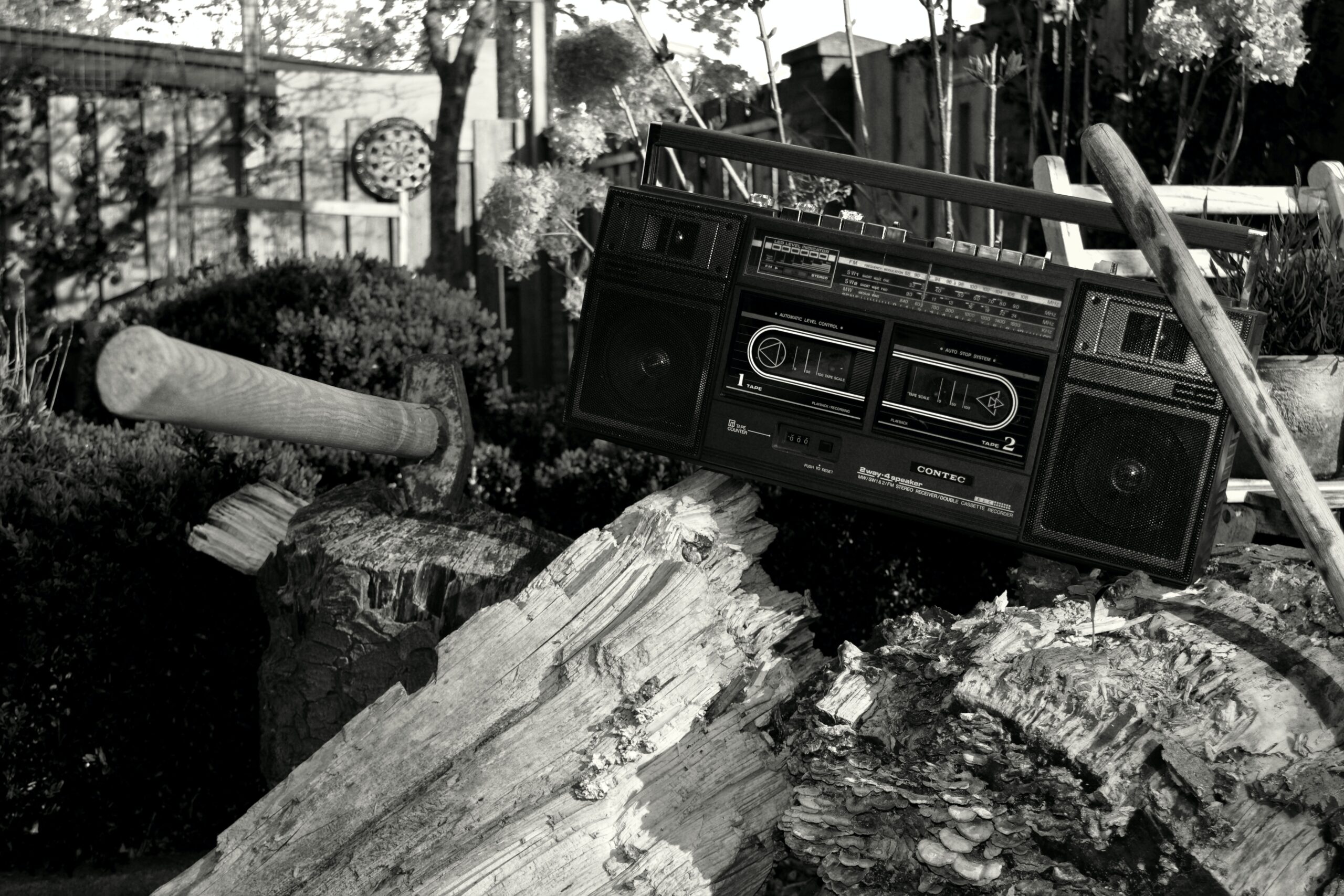Cordless power tools are great way to tackle DIY or commercial jobs without the need to worry about available mains plugs or pesky power cords getting in your way. These tools use rechargeable batteries in the place of traditional power cables, allowing you to use them freely without being limited by the length of the power cord.
Cordless tools today use a variety of batteries. This includes traditional Nickle Cadmium batteries (NiCd), Nickel Metal Hydride batteries (NiMH), and the more innovative Lithium Ion batteries (Li-Ion). Each of these battery types have different strengths and weaknesses, differing in voltage, discharge, capacity and more. Lithium batteries are becoming the standout choice for rechargeable batteries, so we put together this lithium battery comparison list to find out if they’re better than their NiCd and NiMH equivalents.
So, with the wide range of battery options on the market, which is the best for your cordless power tools?
Battery Comparison Summary
Let’s start with a summarised comparison of the main battery types (don’t worry if you don’t understand the characteristics – we’ve included definitions below). We can see here that lithium-ion batteries are likely the best choice in most applications, with high capacity, slow discharge and no maintenance required. It’s no surprise that Li-ion batteries are one of the most popular choices for modern cordless tools, replacing older NiCd and NiMH batteries in most cases.
Interestingly, NiCd batteries have the longest cycle life, but the lower capacity, moderate self-discharge and regular maintenance makes them more inconvenient for the user.

Key Battery Characteristics
There’s a lot of complicated terminology when it comes to battery specifications. We’ve put together a list of some of the key terms below to help you work out which aspects are being compared.
Cycle Life
The overall life cycle of a battery. This is usually described as the number of charge cycles that a battery can withstand before it becomes completely unusable. Age, usage, storage and memory can all affect the cycle life of a battery. Cycle life doesn’t necessarily describe the number of operational hours, as you would need to know both the cycle life and capacity of a battery to calculate this (some batteries have a short cycle life but have a high capacity, meaning that they last for long periods of time between charges).
Self Discharge
Self discharge describes the rate at which rechargeable batteries lose their charge over time. This may not be an issue if your batteries aren’t stored for extended periods of time between use.
Voltage
Voltage describes the amount of power a battery can deliver at a given time. In simple terms, batteries/power tools with higher voltages are more powerful. Generally, batteries/tools designed for light work will have voltages in the range of 7-15 volts, whereas models designed for heavy work will have voltages in the range of 18-36 volts.
Capacity
Capacity describes the amount of time that a battery can operate between charges. A battery’s capacity is usually expressed as the amount of amperage hours (Ah) that it can produce. When evaluating batteries/tools, remember that high Ah means longer use between charges.
Deep Discharge
Deep discharge is the process of allowing a battery to completely drain all of it’s stored charge. For some batteries, deep discharge can cause negatively impact capacity and cycle life.
Memory Effect
The memory effect occurs when a battery is charged repeatedly without being allowed to fully drain. This can lead to the battery “remembering” how much it is being charged, and using this new charge range as it’s new max charge capacity. Some batteries are effected by the memory effect while others are not.
Nickel Cadmium (NiCd) Battery Overview
Nickel Cadmium batteries are the oldest of the three types covered on this list. Their affordability, long life-cycle, and low-sensitivity has allowed them to compete with the newer NiMH and Li-ion batteries. Despite these strengths, NiMH and Li-ion batteries outperform NiCd batteries in the vast majority of commercial applications.
Pros:
- Less expensive than other rechargeable batteries
- Long life cycle (around 1000 charges)
- Resitant to heat and impact
- Strong current output
- Deep discharge storage improves damage resistance
Cons:
- Lower capacity than other rechargeable batteries
- Lifespan can be shortened if charge drops below 70%
- NiCd batteries must cool before being recharged
- Must be deep discharged once a month to prevent memory effect
- Incorrect disposal can lead to environmental damage
Nickel Metal Hydride (NiMH) Battery Overview
Nickel Metal Hydride (NiMH) batteries are a newer technology than NiCds, and they come with a couple of key improvements.
NiMH batteries greatly improved on both the capacity and environmental toxicity of NiCd batteries, making them a much better choice for cordless power tools.
Pros:
- NiMH batteries have a greater capacity than NiCd batteries (usually lasting 2 to 3 times longer on a single charge)
- NiMH batteries are lighter than NiCd batteries
- NiMH batteries are less expensive than Li-ion batteries
- Capacity loss can be greatly reduced by proper charging and storage
- NiMH batteries are not destructive to the environment
Cons:
- Deep discharge and lack of use will shorten the lifespan and limit the capcity of NiMH batteries
- Sensitive to temperature (especially cold), meaning that they should only be stored/operated between 33°F and 103°F.
- Usually more expensive than NiCD batteries
- Should be charged after reaching 70% capacity, but also deep discharged every 3 months
Lithium Ion (Li-ion) Battery Overview
Lithium Ion (Li-ion) batteries are the newest rechargeable batteries to be used in cordless power tools. They’re the clear winner in terms of specifications, outperforming their nearest competitors in pretty much every area, but they’re also the most expensive battery type.
Pros:
- Li-ion are the lightest of all of the battery types
- Li-ion batteries have the same high energy density of NiMH batteries
- Li-ion batteries are much less sensitive to temperature than NiMH batteries
- Unlike NiMH and NiCd batteries, Li-ion batteries are not restricted by the shape of their design, making them a great choice to cordless power tools
- Li-ion batteries have the longest charge/recharge cycle of the three battery types
- Li-ion batteries are not desctructive to the environment
Cons:
- Li-ion batteries are the most expensive of the three battery types
- Excessive overheating can cause damage to lithium ion batteries
- Li-ion batteries have the shortest overall life cycle of the three battery types at 300-500 charges
FAQs
Lithium-ion (Li-ion) batteries are considered the best option for most cordless tools due to their high energy density, lightweight design, and lack of memory effect. They typically offer longer runtimes, faster charging, and are widely used in modern tool models. However, they are more expensive than NiCd or NiMH options.
NiMH batteries offer better capacity and are more environmentally friendly than NiCd, but they are heavier and more temperature-sensitive than Li-ion batteries. Li-ion batteries, on the other hand, are lighter, charge faster, and don’t suffer from memory effect, making them the better choice for most users despite the higher price.
Nickel Cadmium (NiCd) batteries are durable and have a long cycle life, which makes them suitable for heavy-duty environments. However, their lower capacity, higher self-discharge rate, and environmental concerns have made them less popular in recent years. They’re still used in some budget-friendly or legacy tools.
Thanks for reading our article comparing the different batteries used for cordless power tools.
Now that you know more about the different types of batteries for cordless power tools, you might want to check our our Best Tools articles – we’ve written some comprehensive comparison articles including Best Cordless Jigsaw UK and Best Cordless Angle Grinder UK that make it easier than ever to identify the best tools for you.
Feel free to leave a comment below if you have any thoughts or queries that you’d like us to take a look at – we’d be happy to help.





